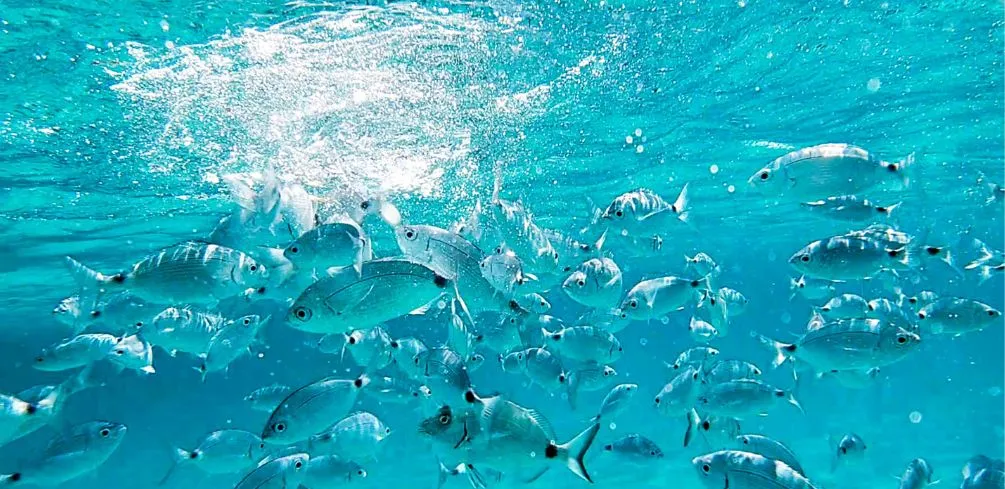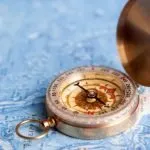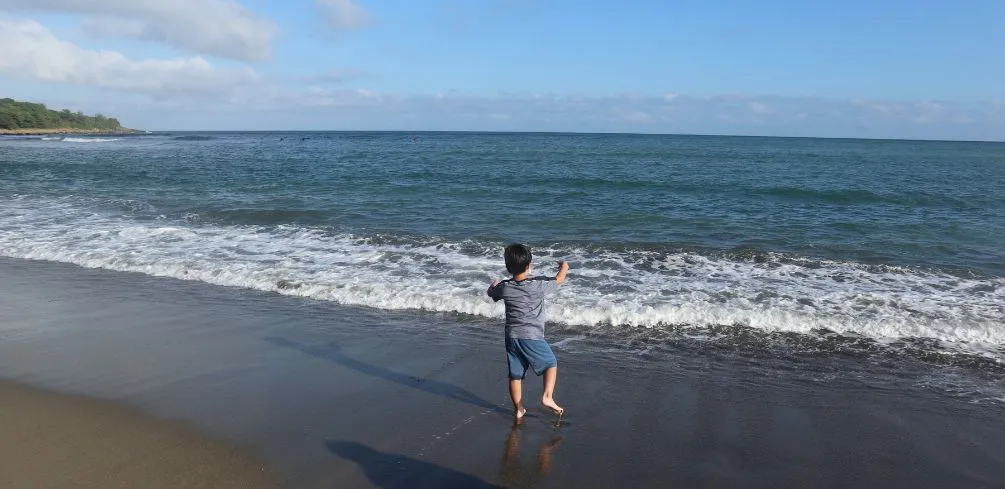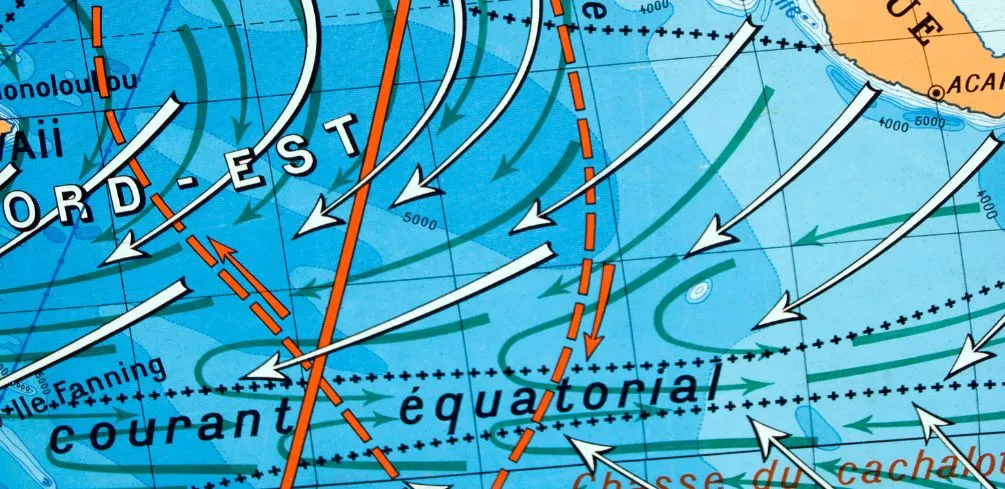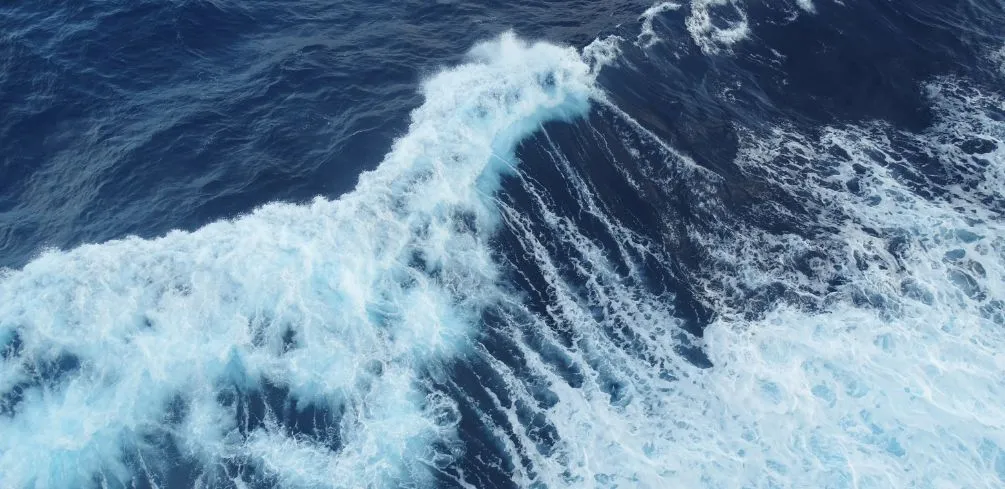The ocean is a vast, mysterious environment that has captivated humankind for centuries. It’s filled with life, but the way it functions and how it affects living creatures is still relatively unknown.
One of the most intriguing aspects of marine life is how ocean currents can impact them—from the tiniest plankton to the largest whales. In this article, I’m going to explain how ocean currents affect marine life and discuss some of their potential consequences.
Have you ever wondered why certain species of fish and other sea creatures are found in certain parts of the ocean? The answer lies in the powerful forces of ocean currents, which act like rivers in the sea, carrying animals and plants from one place to another.
Ocean currents are formed by a combination of wind, temperature differences, salinity gradients, and gravity—all playing a role in their movement. They influence everything from where food sources can be found to what types of species live where.
The effects that ocean currents have on marine life are far-reaching and complex. They can determine which predators will thrive or struggle to survive; they can determine when fish migrate and spawn; they even play a role in determining global climate patterns.
By understanding more about how these powerful forces work, we can better understand our fascinating underwater world and its inhabitants.
Definition Of Ocean Currents
When talking about ocean currents, we’re referring to the continuous, directed movement of water in large bodies of water. The definition of ocean currents can vary depending on their size and the forces that cause them.
In general, they are driven by differences in temperature and salinity between different areas of the ocean. Ocean currents play a major role in how marine life functions, so it’s important to understand their meaning and definition.
Ocean currents can be divided into two main categories: surface currents and deep-ocean currents. Surface currents refer to those that occur near the surface of the ocean, while deep-ocean currents are found much further down in the depths of the sea.
These two types of currents have an immense impact on marine life, as they affect where nutrients can be found and how animals migrate from one area to another.
The motion of ocean currents is caused by a variety of factors, including wind, tides, and waves. They also play a role in climate patterns around the world, influencing temperatures across various regions.
As such, understanding what causes these movements can help us better anticipate changes in global weather patterns. With this knowledge, we can better protect our oceans and all their inhabitants from harm.
Types Of Ocean Currents
If you’re a fan of the ocean, then you know just how powerful and mysterious its currents can be. From crashing waves to gentle tides, the ocean is constantly in motion, and these currents are at the heart of it all. There are several different types of ocean currents that can have a tremendous impact on marine life.
- Deep, slow-moving thermohaline currents form in the depths of the oceans due to differences in temperature and salinity.
- Geostrophic currents move along the boundaries between water masses due to variations in pressure created by wind and gravity.
- Gyres rotate clockwise in the northern hemisphere and counterclockwise in the southern hemisphere due to Earth’s rotation.
One of the most important ways that ocean currents affect marine life is through upwelling and downwelling. Upwelling occurs when cold water rises from deep below the surface, bringing with it nutrients like nitrogen and phosphorus, which support phytoplankton growth, forming an essential part of many food webs.
Downwelling occurs when deep water sinks back down again, carrying carbon dioxide back into the depths where it cannot contribute to global warming. The effects of ocean currents on marine life are far-reaching and complex, but understanding their role is essential for conserving our oceans for future generations.
Effects On Marine Species
Now that we’ve discussed the types of ocean currents, it’s time to explore their impact on marine species. Currents are powerful forces that can have profound effects on the ocean environment and marine life.
From impacts on food sources to changes in temperature and salinity, ocean currents can alter entire ecosystems. Let’s take a look at how ocean currents affect marine species and the environment.
| Effect | Impact |
|---|---|
| Food Sources | Changes in temperature and salinity levels caused by currents can drastically alter existing ecosystems as different species move in or out of an area. This can cause disruption in food webs or create new habitats for certain species, which could potentially lead to an increase or decrease in population size over time. |
| Temperature & Salinity | Certain oceanic conditions created by currents may encourage the migration of some species while discouraging others. For example, plankton is attracted to warm water, so they may be drawn into warmer surface layers created by current patterns. On the other hand, fish may avoid colder layers of water due to a lack of food sources. |
| Migration Patterns | Certain oceanic conditions created by currents may encourage the migration of some species while discouraging others. For example, plankton is attracted to warm water, so they may be drawn into warmer surface layers created by current patterns. On the other hand, fish may avoid colder layers of water due to lack of food sources. |
| Ecosystem Effects | Changes in temperature and salinity levels caused by currents can drastically alter existing ecosystems as different species move in or out of an area. This can cause disruption in food webs or create new habitats for certain species which could potentially lead to an increase or decrease in population size over time. |
The effects of ocean currents on marine life and its environment are far-reaching and complex. While some species may benefit from increased access to food sources or ideal temperatures brought by certain current patterns, others may suffer due to disruption caused by changes in migration or ecosystem composition.
As our understanding of these phenomena continues to grow, so too will our ability to protect our oceans and ensure their continued health for generations to come.
Role In Climate Change
Ocean currents have a powerful influence on climate change and are crucial to the health of marine life. They play a major role in moderating temperatures, redistributing heat around the world, and driving the ocean’s circulation patterns.
Here’s how they do it:
- Ocean currents move warm water around, which helps to regulate global temperatures.
- By transporting nutrients from deeper parts of the ocean to shallow areas, ocean currents support populations of fish, coral reefs, and other marine life that rely on these nutrients for survival.
- As atmospheric temperatures increase due to global warming, ocean currents help keep coastal regions cooler by transporting cold water from deep depths up to the surface.
These effects of ocean currents on climate change make them an important factor in conservation efforts aimed at protecting marine life from further damage caused by human activities such as overfishing, pollution, and habitat destruction.
Although conservation efforts have made great strides in recent years, more needs to be done to prevent further degradation of our oceans due to climate change and global warming. We must continue to work together toward solutions that will protect our planet’s delicate ecosystems for generations to come.
Conservation Efforts
We must take into account the impact that ocean currents have on marine life when we consider conservation efforts. Conservation is the protection of natural environments and resources, and it’s a critical part of preserving the world’s oceans. There are several ways to help protect our oceans and the creatures that live in them.
One way to promote ocean conservation is through education and awareness. By informing people about the importance of these currents and their effects on marine life, they may be more likely to take steps toward protecting them.
Additionally, individuals can participate in beach clean-ups or join organizations that focus on marine conservation. This can have a direct impact on ocean health and biodiversity.
Finally, there are also laws and regulations in place to help protect our oceans from pollution, overfishing, and other forms of exploitation. Governments should continue to invest in measures that ensure healthy ecosystems for future generations.
The preservation of these vital habitats will ensure that current conservation efforts are successful in protecting marine life for years to come.
Frequently Asked Questions
What Are The Different Types Of Ocean Currents?
Ah, the mystery of ocean currents. You can be sure that wherever they are, there’s something interesting happening – which explains why I’m so fascinated with them!
From thermohaline to gyres and upwelling to tidal eddies, these dynamic forces of nature have an immense impact on our marine life. Let me explain what types of ocean currents exist and how they shape our lives underwater.
First off, there’s thermohaline circulation, which is driven by differences in water temperature and salinity. This type of current has a major influence on the global climate system, as it moves nutrients from deep waters to the surface. Secondly, we have gyres – large systems of rotating currents that move around entire oceans or large parts of them. These currents play a huge role in transporting sediment and nutrients around the world’s seas and oceans.
Upwelling is another type of current associated with gyres; it occurs when deep water rises to the surface due to winds pushing against the sea’s surface layer. Tidal eddies are also part of this phenomenon – they’re formed when two opposing tidal flows collide and create swirling vortexes that can be felt up to several hundred kilometers away from where they originated!
So there you have it – an overview of some key types of ocean currents that affect our marine life in ways we can only begin to imagine. And while each one has its own special characteristics, together, they weave a complex web that shapes both the underwater environment and our lives above it.
How Does Ocean Current Affect The Ocean’S Temperature?
When it comes to the ocean, the temperature is a key factor in the health of its ecosystems. Ocean currents have a major impact on the ocean’s temperature, which in turn affects marine species. To understand how this works, let’s look at how ocean currents can influence the ocean’s temperature:
Firstly, current movement can affect the ocean’s temperature by transporting heat from one part of the ocean to another. This is known as convection, and it plays a vital role in maintaining an even distribution of warmth throughout the ocean. Additionally, the speed and direction of currents can determine how quickly or slowly each region heats up or cools down.
Secondly, changes in water temperature often trigger disruptions in certain ecosystems that rely on stable temperatures for their survival. For example, when warmer waters move into cooler regions, many marine species may need to migrate elsewhere to find suitable habitats. This can have serious consequences for species that depend on specific conditions to survive and thrive.
What’s more, these changes in water temperature also have implications for conservation efforts:
- They can lead to alterations in food webs due to disruptions in migration patterns;
- They can deplete oxygen levels as warmer waters absorb less oxygen than colder waters;
- They can cause coral bleaching due to the disruption of their symbiotic relationship with algae;
- They can lead to an increase in harmful algal blooms due to increased nutrient availability and temperatures.
It’s clear that understanding what drives changes in sea surface temperatures is essential for managing and conserving our oceans effectively. That’s why it’s important for us all to be aware of how ocean currents impact our marine environment – because, ultimately, our actions will determine how successful we are at preserving our blue planet for future generations.
How Can Ocean Currents Be Used To Conserve Marine Life?
I’m sure you’ve heard about ocean conservation, but have you ever wondered how ocean currents can be used to conserve marine life? The usage of ocean currents is an important tool that helps protect marine species and promote conservation. Let’s explore this concept further.
Conservation efforts using ocean currents involve studying the effects of the current on different types of marine life. By understanding the impacts of current on species, we can then implement strategies to minimize or eliminate any negative effects.
This approach could include regulating fishing activities in certain areas or creating protected zones for certain species. By doing this, we can ensure that marine species are not overfished or harmed by industrial activities such as oil and gas extraction.
Additionally, by studying how ocean currents interact with each other, we can better understand how they affect various ecosystems and habitats around the world. This information can then be used to create plans for protecting areas from pollution and other human-caused disturbances.
Ultimately, using these strategies ensures that our oceans remain healthy and diverse for generations to come.
Ocean conservation is a complex process that requires us to consider multiple aspects of our environment, including its physical characteristics as well as its ecological makeup. By utilizing the power of ocean currents we can make sure that our planet’s fragile ecosystems remain intact and flourishing for years to come.
Through collaboration between scientists, policymakers, and citizens alike, we can all work together towards a common goal – conserving our precious oceans and their inhabitants for future generations to enjoy!
Are There Any Specific Marine Species That Are More Affected By Ocean Currents?
Ocean currents can have a major impact on marine life, with certain oceanic species being more affected than others. For example, the humpback whale is heavily reliant upon ocean currents for travel and to find food sources.
As the ocean circulation changes seasonally, their migration patterns change as well. This can affect their ability to reproduce and find enough food to survive.
When examining the current impacts of ocean currents on marine species, it is important to consider how these changes are affecting them both long-term and short-term. Some species may be able to adjust quickly, while others may struggle if the environment becomes too inhospitable due to changes in temperature or other environmental factors.
In addition, some species may be better suited to certain types of ocean circulation than others, making it challenging for those species not adapted to these changing conditions.
It is also essential that we understand how human activities are impacting ocean circulation and the current effects this is having on marine life. From overfishing to pollution and climate change, our actions are affecting the delicate balance of the oceans and creating an uncertain future for many oceanic species.
We must take steps now to ensure that we are protecting our precious marine resources for generations to come.
How Long Does It Take For An Ocean Current To Finish A Cycle?
I’m sure you’ve heard of ocean currents, but have you ever wondered how long it takes for an ocean current to finish a cycle? It’s an interesting question that has many different answers. Ocean currents can be affected by various factors, such as climate, geography and even the movements of marine species.
Here are some key points to consider when looking at the duration of a current ocean cycle:
- Ocean current cycle: Depending on the ocean current, cycles can range from days to decades.
- Ocean current duration: The amount of time it takes for an ocean current to complete one full cycle depends on the size and type of ocean current.
- Marine life cycle: Some marine species migrate with the currents in order to feed or reproduce, meaning their life cycles are connected to the duration of the ocean currents.
- Ocean cycle time: Certain types of deep-water currents like gyres can take up to hundreds of years to complete one full cycle.
It’s important to note that different types of ocean currents may also have different lengths of cycles and durations. For example, surface currents like El Niño can last around 12-18 months, while deep-water currents like gyres take much longer – up to hundreds of years! In addition, changes in climate and other environmental factors can also affect how long it takes for an ocean current to finish its cycle.
This is why understanding the length and type of an ocean current is essential for predicting its impact on marine life.
Knowing how long it takes for an ocean current to complete its cycle helps us understand how marine species interact with their environment and how they are affected by changes in climate or geography. It’s clear that understanding the duration and type of ocean currents is crucial when studying how they influence marine life.
By learning more about these topics, we can gain insight into how our oceans function and explore ways we can help protect them and their inhabitants now and in the future.
Conclusion
The ocean currents have a major impact on marine life and the environment as a whole. They affect the temperature of the oceans, allowing certain species to thrive in different habitats. Moreover, ocean currents help with conserving marine life by providing food sources for many creatures.
It is incredible how quickly ocean currents cycle around the world, moving from one place to another at a speed that is almost impossible to imagine. The sheer power of these currents is enough to make you gasp in awe, and yet it serves such an important purpose for the planet.
Overall, it is clear that ocean currents play an integral role in our environment and in sustaining marine life. They provide resources, regulate temperatures and even allow us to protect endangered species through conservation efforts.
Ocean currents are nothing short of a miracle – a true phenomenon that can be seen as nothing less than breathtakingly powerful.
